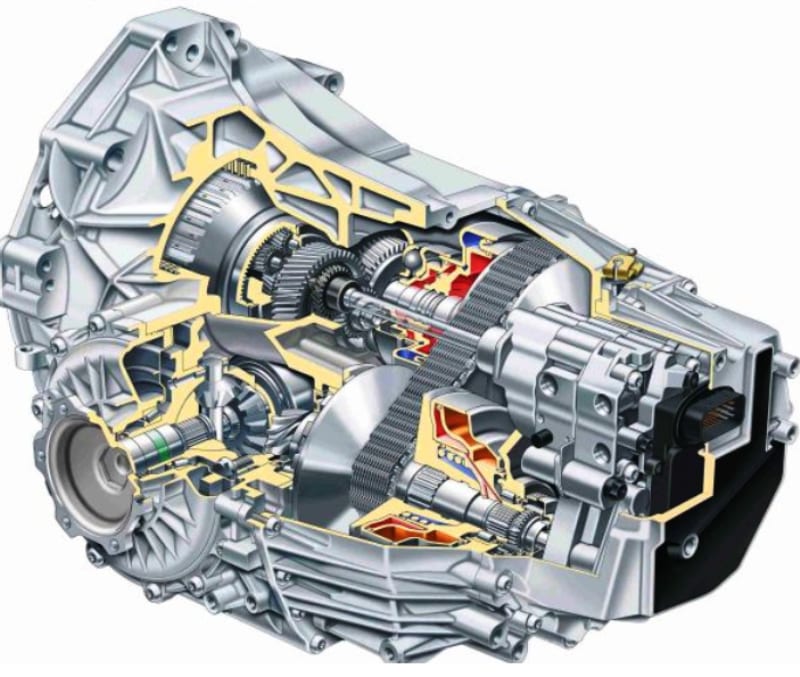Recent Articles
Popular Makes
Body Types
What is a Tiptronic Transmission?
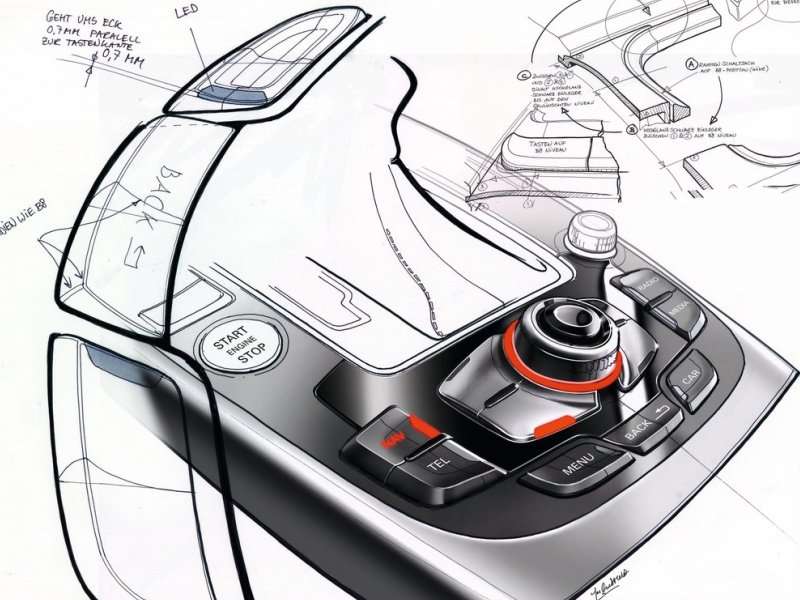
Purchasing a vehicle through the past fifty years would often involve making a decision to either have an automatic transmission or manual transmission. As pluses and minuses exist using either transmission, automatic users often are seen as making the greatest compromise. While automatics allow for a more effortless drive, this lack of effort leaves some motorists yearning for the stimulation of a performance car. Tiptronic technology can offer automatic-equipped vehicles with this ability.
The desire to merge characteristics between manual and automatic transmissions is not new. Dating back to the emergence of automatics during the late 1930s, automakers such as Packard and Chrysler made attempts to adopt automatic traits to a manual gearbox. Known as semi-automatics, these transmissions orchestrate clutch movements during gear shifts without driver intervention. A Tiptronic transmission works in an opposite style, adopting manual characteristics to an automatic gearbox by allowing the driver to select gears manually, overriding the computer that controls normal shifting and using a torque converter instead of a clutch.
The desire to merge characteristics between manual and automatic transmissions is not new. Dating back to the emergence of automatics during the late 1930s, automakers such as Packard and Chrysler made attempts to adopt automatic traits to a manual gearbox. Known as semi-automatics, these transmissions orchestrate clutch movements during gear shifts without driver intervention. A Tiptronic transmission works in an opposite style, adopting manual characteristics to an automatic gearbox by allowing the driver to select gears manually, overriding the computer that controls normal shifting and using a torque converter instead of a clutch.
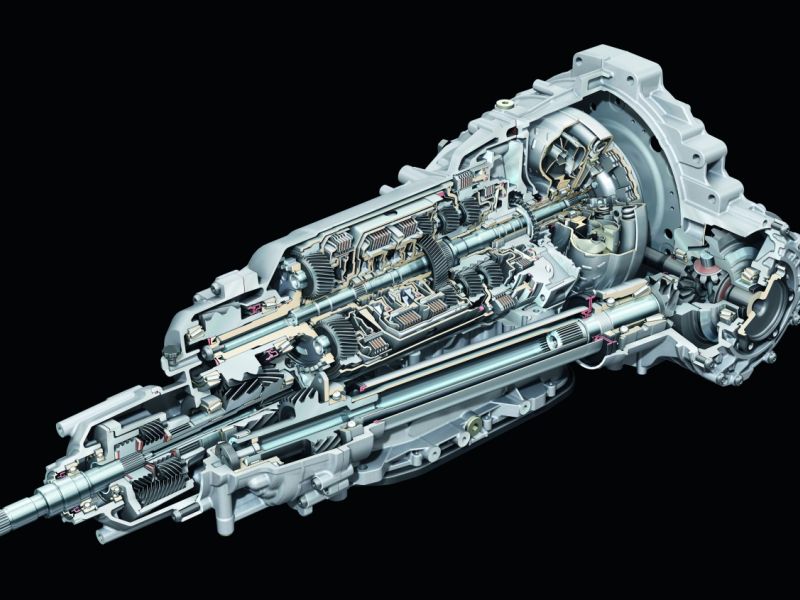
Photo by Audi Technology Portal
The Tiptronic name originated as a trademark name for a manual-shifting automatic transmission developed by Porsche. Knowing that automatic versions of their cars have been desired on the marketplace, the German sports car builder wanted to invoke that these typically lazier transmissions could at least provoke the feeling of performance. First used on the 1990 Porsche 911, the principles of their manual-shifting automatic gearboxes have been mirrored by BMW Steptronic and Chrysler's Auto/Stick.
When the Tiptonic system is not engaged, the transmission operates like a conventional automatic with the computer electronically selecting the shifts through gears. Control of a Tiptronic gearbox will rely on either an additional gate within the gear shift lever or through steering wheel-mounted selectors in the form of buttons or paddles (similar to the control layout in race cars). Marked with '+'? for upshifting or '-'? for downshifting, a instrument panel display will indicate the current gear the vehicle is running. Once engaging the manual shifting through shifting into the additional shift gate or by simply pressing a shift selector, driver overrides the computer's transitioning between gears, instructing the transmission's torque converter directly. This manual shifting mode will provide benefits such as engine braking during downshifts. Safeguards prevent possible engine damage by overseeing that the engine isn't hit the RPM red line during the manual shifting. Also, after a certain period of inactivity through the Tiptronic's manual shifting, the transmission's software will resume shifting control.
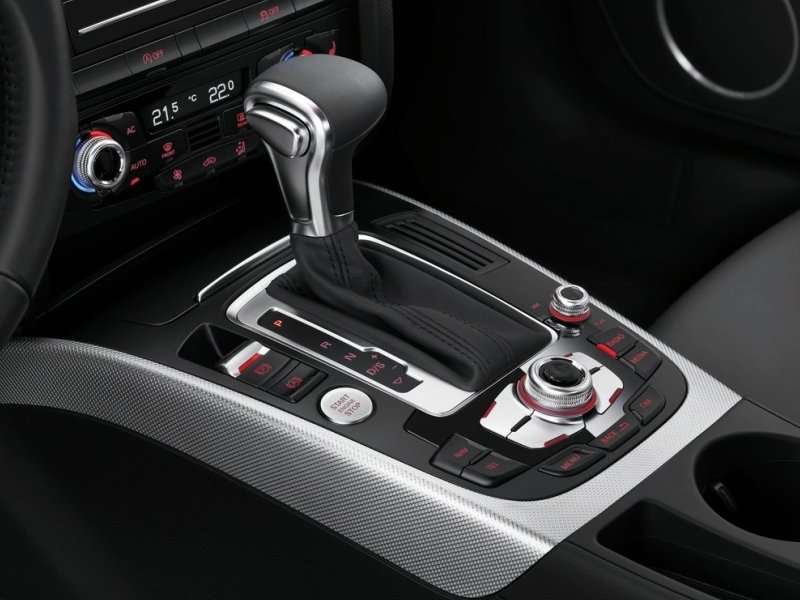
Much like a growing number of automatics, the majority of modern Tiptronic features an additional choice of transmission programs available through either automatic or manual shifting. Often classified as the "Sport" program, the transmission can be set by the driver for a delayed upshifting for a performance-oriented feel.
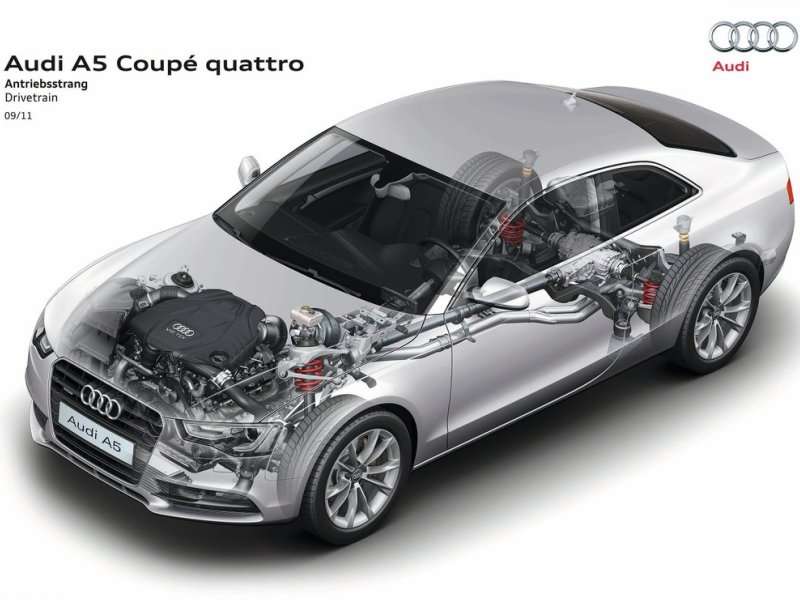
The Tiptronic automatic-equipped vehicles have shortly demonstrated their abilities to outperform normal automatics. However, Tiptronics inherit several flaws relating to an automatic gearboxes which impairs its performance against fully manual transmissions. Relying on the heavier components of an automatic transmission leads to a bulkier unit. Another downside relates to the automatic's torque converter not being as responsive as compared to a clutch found on manual transmissions. 0 to 60 mile per hour times even under manual shifting is marginally sluggish. Varying between vehicles, the Audi A5 Tiptronic runs only 0.1 seconds behind the recorded pass by a six-speed version while a Porsche Cayman S Tiptronic's acceleration is slower by 0.7 seconds. Fuel economy has and continues to be an advantage enjoyed by manual transmissions. Though with progression to five and six-speed automatics, the added gears allows Tiptronic to nearly match manual gearboxes through smoother power delivery.
